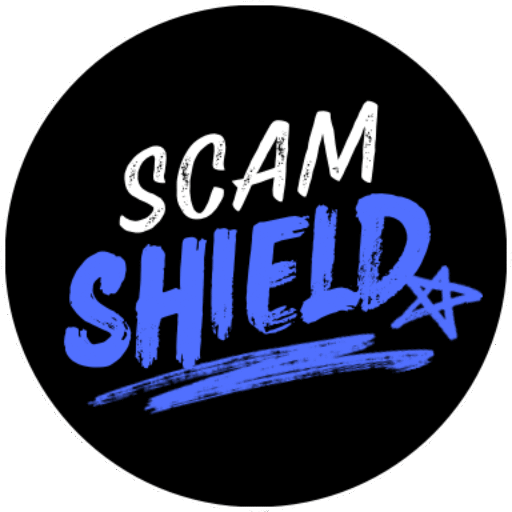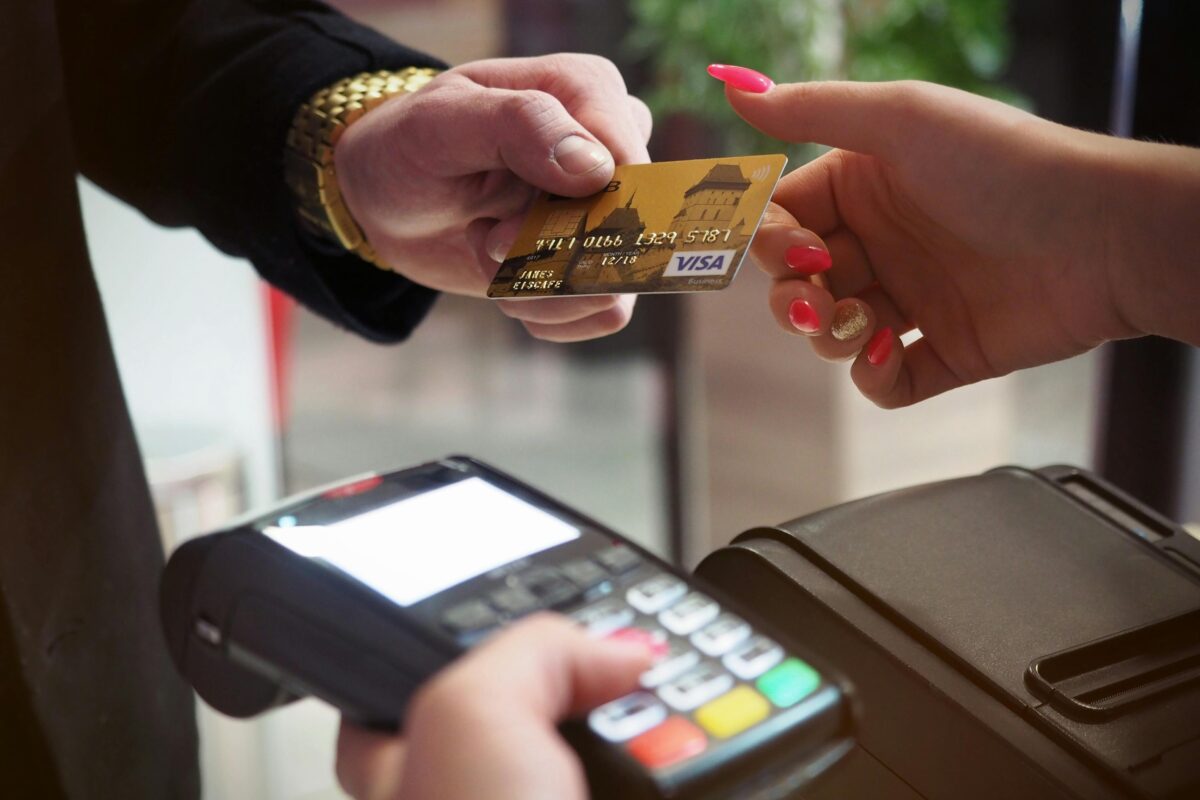Introduction
You don’t need to lose your credit card to become a victim of fraud. Scammers can access your credit card information through a variety of means and use it without your knowledge. Even more alarming, your card might be sold on shady dark web marketplaces, where cybercriminals shop for stolen credentials like they’re buying groceries.
Let’s uncover how they do it — and how you can stay protected.
1. How Scammers Get Your Credit Card Details
Fraudsters use several methods to obtain your card information:
- Phishing Attacks: Fake emails or websites trick you into entering your credit card info.
- Data Breaches: Large-scale hacks on companies can expose millions of card details at once.
- Skimming Devices: Installed on ATMs or POS machines to copy card data.
- Malware & RATs: Remote Access Trojans infect your device and log keystrokes, capturing card numbers.
2. The Dark Web: Where Your Card Is Sold
Once a scammer steals your card data, it doesn’t always end there. It often ends up on underground marketplaces like:
- VClub
- BriansClub
- Joker’s Stash (formerly)
- UniCC
These sites operate on the dark web, allowing “carders” to buy stolen credit cards in bulk, often sorted by country, bank, and even card balance.
These markets are well-organized with user ratings, customer support, and even refund policies — disturbing signs of how professionalized digital crime has become.
3. What Carders Do With Your Credit Card
Once purchased, carders use your stolen credit card data to:
- Buy gift cards (Amazon, Google Play, etc.) — easy to launder and resell.
- Purchase high-value electronics or designer goods — later resold online.
- Fund online gambling or cryptocurrency accounts — difficult to trace.
- Make digital purchases like Netflix accounts or gaming currencies.
In many cases, carders don’t need physical access to your card — just the number, expiration date, CVV, and sometimes ZIP code.
4. Signs That Your Credit Card Is Being Used Without Permission
Watch out for these red flags:
- Charges you don’t recognize — especially small “test” charges
- Declined transactions when you still have credit
- Notifications of logins or purchases from unknown locations
- Suspicious gift card or cryptocurrency transactions
5. How to Protect Yourself
Here are some best practices to stay safe:
✅ Use two-factor authentication (2FA) on financial accounts
✅ Enable transaction alerts from your bank or card provider
✅ Never click on suspicious links or attachments
✅ Use virtual cards for online purchases (many banks offer these)
✅ Check your statements frequently — even for small amounts
✅ Freeze your credit if you suspect identity theft
✅ Avoid saving card info on sketchy websites or public computers
6. What to Do If You’re a Victim
- Report the unauthorized charges to your bank immediately
- Block or replace your card
- File a report with your local cybercrime cell
- Monitor your credit report for unusual activity
Most banks have a zero-liability policy, so if you act quickly, you likely won’t be responsible for the losses.
Conclusion
Credit card fraud is no longer just about someone stealing your wallet. It’s an international, organized business run through shadowy online markets. By understanding how your data is stolen and misused, you can stay a step ahead.
Stay alert. Monitor your accounts. And always think twice before clicking.

